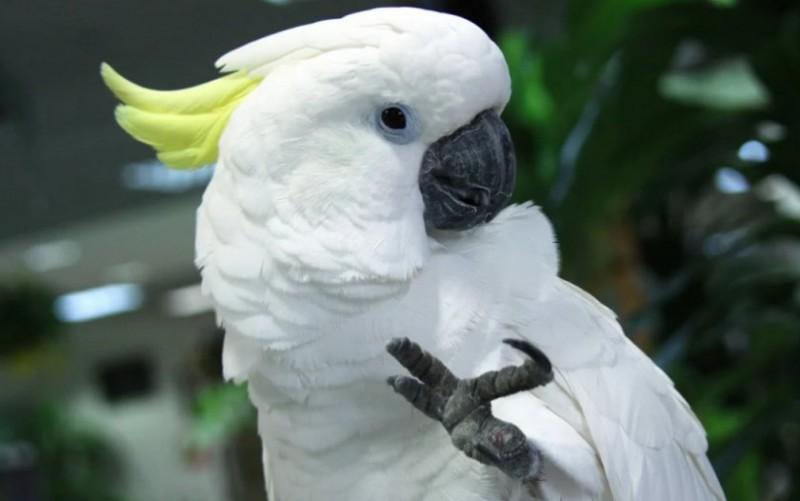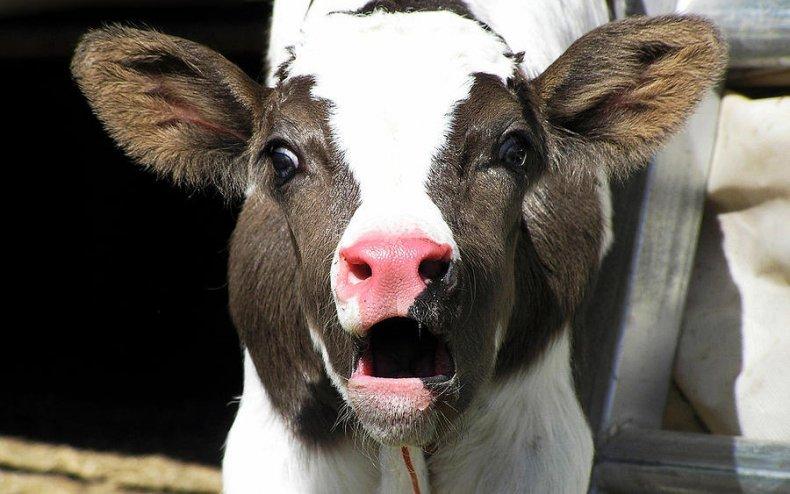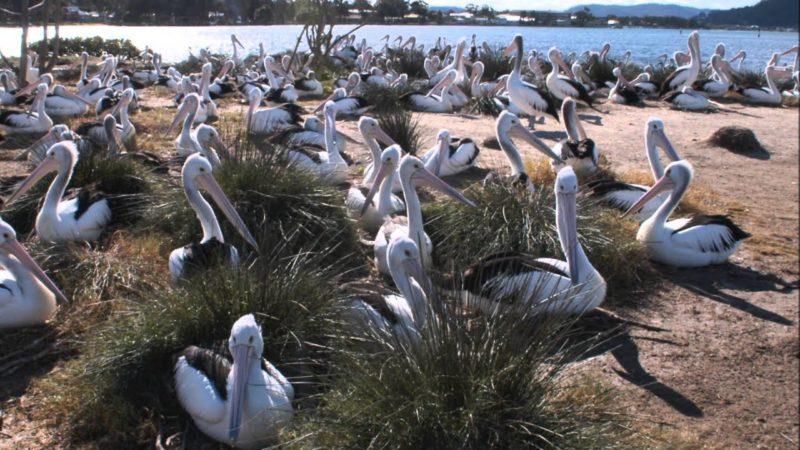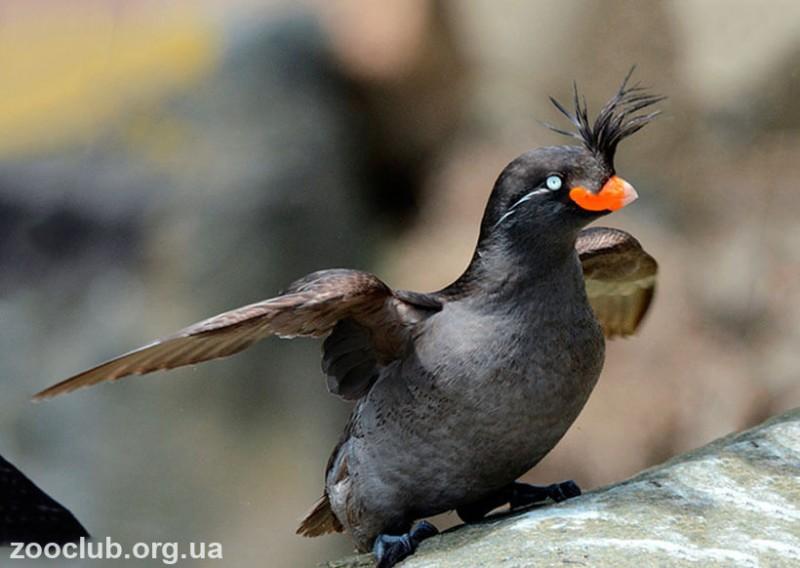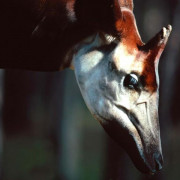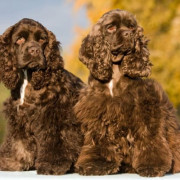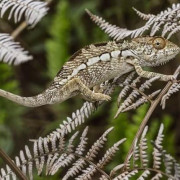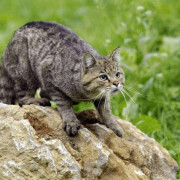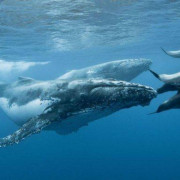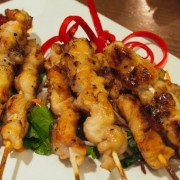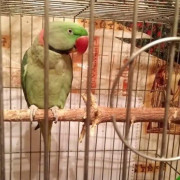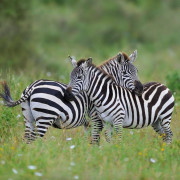Томат розовый фламинго: выращиваем вкуснейший сорт на своих грядках
Содержание:
Образ жизни и опасные враги
Птицы фламинго живут огромными стаями. Обитают на мелководье некоторых прудов и рек. Водоемы для своего проживания они выбирают только соленые. Кожа на конечностях плотная и универсальная, поэтому соль, которая содержится в воде, ее не повреждает.
Розовые фламинго давно занесены в Красную книгу нашей страны. Этого говорит о том, что нужно с большой бережностью относиться к этим птицам. Конечно, многие погибают от лап хищников. ими любят полакомиться лисицы, волки, шакалы и барсуки. Чайки, орлы и грифы поедают их птенцов, разрушая гнезда.
Гибнут они и от такой случайности, как электрический ток, ведь во время полета фламинго могут присесть отдохнуть на провода.

К людям эти птицы относятся с особой осторожностью, и несмотря на то, что многие реки и озера высохли, стараются селиться подальше от мест, где обитает человек. Ведь именно люди являются самыми страшными для этих пернатых врагами
Многие богачи любят полакомиться их мясом и яйцами, а также использовать яркие перья для декора своего помещения.
Люди использовали фламинго на протяжении веков. В настоящее время самыми распространенными угрозами для видов фламинго является потеря среды обитания из-за строительства дорог и развития сельского хозяйства. Этим птицам даже угрожали отравления свинцом в Мексике.
Это привело к законодательству, запрещающему свинцовые боеприпасы в этой области. К счастью, были предприняты шаги, чтобы предотвратить дальнейшее снижение численности популяции розовых фламинго. Чили создала национальный фламинго-заповедник для их защиты.
Внешность
У фламинго тонкие длинные ноги, гибкая шея и оперенье, окраска которого варьирует от белого до красного цвета. Их особым отличительным признаком является массивный выгнутый вниз клюв, с помощью которого они фильтруют пищу из воды или ила. Передние пальцы ног соединены плавательной перепонкой. Розовую или красную окраску оперению фламинго придают красящие вещества, которые птицы получают вместе с пищей. При опасности они взлетают, и хищнику трудно выбрать из них определённую жертву, тем более что маховые перья на крыльях всегда чёрные, и при полёте они мешают сфокусироваться на жертве. В зоопарках фламинго не теряют свою уникальную окраску оперения, так как в пищу им добавляют различные содержащие каротин продукты: тёртую морковь, сладкий перец и, главное, мелких ракообразных.
Description
Flamingos usually stand on one leg while the other is tucked beneath their bodies. The reason for this behaviour is not fully understood. One theory is that standing on one leg allows the birds to conserve more body heat, given that they spend a significant amount of time wading in cold water. However, the behaviour also takes place in warm water and is also observed in birds that do not typically stand in water. An alternative theory is that standing on one leg reduces the energy expenditure for producing muscular effort to stand and balance on one leg. A study on cadavers showed that the one-legged pose could be held without any muscle activity, while living flamingos demonstrate substantially less body sway in a one-legged posture. As well as standing in the water, flamingos may stamp their webbed feet in the mud to stir up food from the bottom.
Flamingos are capable flyers, and flamingos in captivity often require wing clipping to prevent escape. A pair of African flamingos which had not yet had their wings clipped escaped from the Wichita, Kansas zoo in 2005. One was spotted in Texas 14 years later. It had been seen previously by birders in Texas, Wisconsin and Louisiana.
Flamingos in flight at Rio Lagartos, Yucatán, Mexico
Young flamingos hatch with grayish-red plumage, but adults range from light pink to bright red due to aqueous bacteria and beta-carotene obtained from their food supply. A well-fed, healthy flamingo is more vibrantly colored, thus a more desirable mate; a white or pale flamingo, however, is usually unhealthy or malnourished. Captive flamingos are a notable exception; they may turn a pale pink if they are not fed carotene at levels comparable to the wild.
The greater flamingo is the tallest of the six different species of flamingos, standing at 3.9 to 4.7 feet (1.2 to 1.4 m) with a weight up to 7.7 pounds (3.5 kg), and the shortest flamingo species (the lesser) has a height of 2.6 feet (0.8 m) and weighs 5.5 pounds (2.5 kg). Flamingos can have a wingspan as small as 37 inches (94 cm) to as big as 59 inches (150 cm).
Flamingoes can open their bills by raising the upper jaw as well as by dropping the lower.
Какие животные еще окрашиваются от пищи?
Фламинго – это не единственное животное, которого природа наградила столь удивительной внешностью. Такой же экзотический окрас перьев имеет розовая чайка, розовая чечевица, розовый скворец и розовый пеликан. Однако все эти животные уже рождаются с таким окрасом перьев, фламинго же его приобретает.
Розовая чайка
Существует мнение, что рацион может повлиять и на окрас таких животных, как собака и кошка. Употребление большого количества моркови и морской капусты придаст шерсти рыжеватого оттенка, но такие изменения можно заметить только на светлых животных.
Ламинария отражается на внешнем виде собак с шерстью коричневого и шоколадного цвета. Окрас становится более насыщенным и ярким. Черные собаки, наоборот, от употребления морской капусты становятся светлее.
Интересный факт: Недостаток в рационе животных аминокислоты тирозина, из которого синтезируется меланин – пигмент, придающий окрасу насыщенности, сделает собаку или кошку более светлой. Черные животные при дефиците этого питательного вещества становятся рыжевато-коричневыми.
При дефиците меди в рационе черной или темно-коричневой собаки ее шерсть выцветает. Недостаток цинка проявляется появлением седины у животного.
Окрас перьев фламинго вызван употреблением пищи, богатой каротиноидами – органическими пигментами. Эти вещества содержатся в водорослях, червях, моллюсках. Разная концентрация пигмента дает различную интенсивность окраса перьев птицы.
Etymology
Captive American flamingos feeding
The name «flamingo» comes from Portuguese or Spanish flamengo, «flame-colored», in turn coming from Provençal flamenc from flama «flame» and Germanic-like suffix , with a possible influence of the Spanish ethnonym flamenco «Fleming» or «Flemish».
The generic name Phoenicopterus (from Greek: φοινικόπτερος phoinikopteros), literally means «blood red-feathered» has a similar etymology to the common name; other genera include Phoeniconaias, which means «crimson/red water nymph (or naiad)», and Phoenicoparrus, which means «crimson/red bird (though, an unknown bird of omen)».
Early Life
Albert originally became known for his discontinued channel, AlbertsStuff, which was created on July 19, 2012. Though, he decided to switch to the Flamingo channel due to him not getting ad revenue due to the profanity in his videos on the AlbertsStuff channel. Because of this Albert decided to make Flamingo (his newest channel) instead of AlbertsStuff (which had many cuss words)his only monitized AlbertsStuff video is of a kids livestream where they eent in a woodchipper, to keep it from getting demonetized,he stopped cussing when he created Flamingo. Many of Albert’s videos on AlbertsStuff were unlisted or deleted entirely because of this. Albert has played Roblox since childhood and enjoys skateboarding. He has a dog named Bedrock. He used to have a dog named Peach but he gave her away to his girlfriend’s parents.
Associations
Albert used to date LanasStuff, who owns a beauty channel. However, the two broke up sometime in December 2018. He is also best friends with Jayingee. Albert and Lana bought a house together and did a tour when Jake came over. Albert has now started making videos with his friend Kaden Fumblebottom, aka JokerKid5898 on Roblox. They have a running joke that Kaden was hired by Albert, and is required to agree with Albert all the time. Outside of close friendships, he has collaborated with many YouTubers like Tofuu and SynthesizeOG. Albert’s current girlfriend is FoxKirsten, who is a twitch streamer. He is also friends with RussoPlays, KonekoKitten, Temprist, and Speedy.
English[edit]
English Wikipedia has an article on:flamingo
Wikipedia
A flamingo
Flamingoes (Phoenicopterus roseus) in flight
Nounedit
flamingo (plural or )
- A wading bird of the family Phoenicopteridae.
- A deep pink color tinged with orange, like that of a flamingo.
- flamingo colour:
Translationsedit
bird
|
|
colour
flamingo (not )
- Of a deep pink color tinged with orange, like that of a flamingo.
Translationsedit
colour
(reds) red; blood red, brick red, burgundy, cardinal, carmine, carnation, cerise, cherry, cherry red, Chinese red, cinnabar, claret, crimson, damask, fire brick, fire engine red, flame, flamingo, fuchsia, garnet, geranium, gules, hot pink, incarnadine, Indian red, magenta, maroon, misty rose, nacarat, oxblood, pillar-box red, pink, Pompeian red, poppy, raspberry, red violet, rose, rouge, ruby, ruddy, salmon, sanguine, scarlet, shocking pink, stammel, strawberry, Turkey red, Venetian red, vermillion, vinaceous, vinous, violet red, wine (Category: en:Reds)
Несколько интересных фактов о фламинго
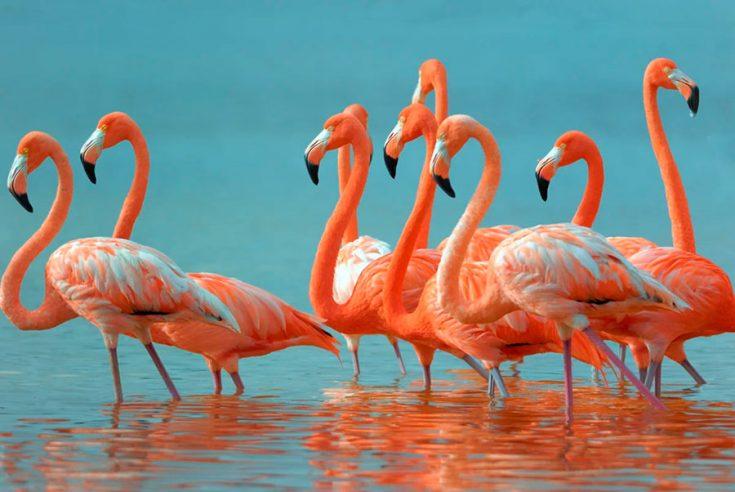
Эта птица настолько интересная, что о ней пишут рассказы и сочиняют стихи
Существует множество интересных фактов из ее жизни, заслуживающих на внимание. Вот некоторые из них:
- Герб Багамских островов украшает изображение фламинго.
- По теории древних египтян эти птицы помогают исполнять желания.
- Останкам этих птиц иногда насчитывается несколько десятков миллионов лет.
- Когда фламинго опускает клюв в воду, то он не дышит.
- Эти птицы могут летать со скоростью больше 60 км/час.
- Ближайшими родственниками фламинго являются гуси.
- Для некоторых фламинго – это символ свободного выражения эмоций, открытость, равновесие, забота о взаимоотношениях и о семье.
Фламинго — Все о роде птиц | Вид птицы фламинго
Watch this video on YouTube
Behavior and ecology
Feeding
American flamingo and offspring: The arcuate (curved) bill is well adapted to bottom scooping.
Flamingos filter-feed on brine shrimp and blue-green algae as well as insect larvae, small insects, mollusks and crustaceans making them omnivores. Their bills are specially adapted to separate mud and silt from the food they eat, and are uniquely used upside-down. The filtering of food items is assisted by hairy structures called lamellae, which line the mandibles, and the large, rough-surfaced tongue. The pink or reddish color of flamingos comes from carotenoids in their diet of animal and plant plankton. American flamingos are a brighter red color because of the beta carotene availability in their food while the lesser flamingos are a paler pink due to ingesting a smaller amount of this pigment. These carotenoids are broken down into pigments by liver enzymes. The source of this varies by species, and affects the color saturation. Flamingos whose sole diet is blue-green algae are darker than those that get it second-hand by eating animals that have digested blue-green algae).
Lifecycle
Chilean flamingo feeding its young
Colony of flamingos at Lake Nakuru
Flamingos are very social birds; they live in colonies whose population can number in the thousands. These large colonies are believed to serve three purposes for the flamingos: avoiding predators, maximizing food intake, and using scarcely suitable nesting sites more efficiently. Before breeding, flamingo colonies split into breeding groups of about 15 to 50 birds. Both males and females in these groups perform synchronized ritual displays. The members of a group stand together and display to each other by stretching their necks upwards, then uttering calls while head-flagging, and then flapping their wings. The displays do not seem directed towards an individual, but occur randomly. These displays stimulate «synchronous nesting» (see below) and help pair up those birds that do not already have mates.
Flamingos form strong pair bonds, although in larger colonies, flamingos sometimes change mates, presumably because more mates are available to choose. Flamingo pairs establish and defend nesting territories. They locate a suitable spot on the mudflat to build a nest (the female usually selects the place). Copulation usually occurs during nest building, which is sometimes interrupted by another flamingo pair trying to commandeer the nesting site for their use. Flamingos aggressively defend their nesting sites. Both the male and the female contribute to building the nest, and to protecting the nest and egg. Same-sex pairs have been reported.
After the chicks hatch, the only parental expense is feeding. Both the male and the female feed their chicks with a kind of crop milk, produced in glands lining the whole of the upper digestive tract (not just the crop). The hormone prolactin stimulates production. The milk contains fat, protein, and red and white blood cells. (Pigeons and doves—Columbidae—also produce crop milk (just in the glands lining the crop), which contains less fat and more protein than flamingo crop milk.)
For the first six days after the chicks hatch, the adults and chicks stay in the nesting sites. At around 7–12 days old, the chicks begin to move out of their nests and explore their surroundings. When they are two weeks old, the chicks congregate in groups, called «microcrèches», and their parents leave them alone. After a while, the microcrèches merge into «crèches» containing thousands of chicks. Chicks that do not stay in their crèches are vulnerable to predators.
